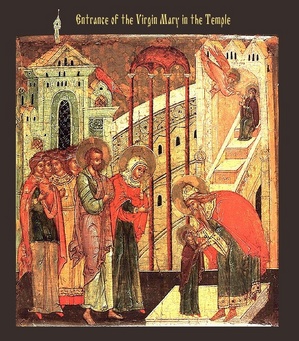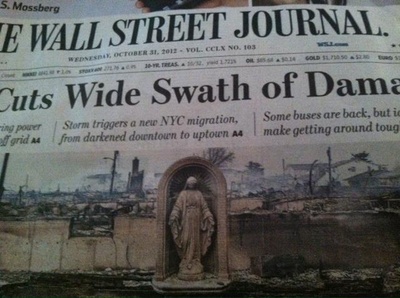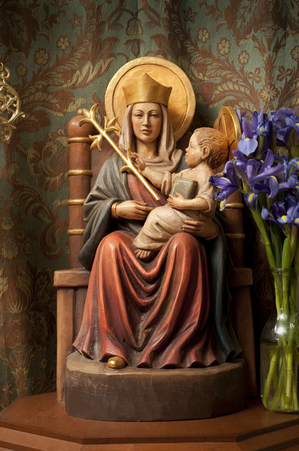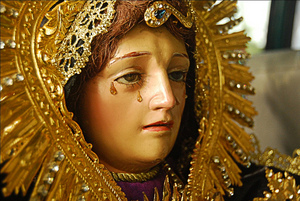At the Sunday Angelus today, the Holy Father notes some crucial points about our Christian faith that can’t go unheard and need to be savored deeply in the heart. Notice, please, that Benedict doesn’t talk about expectation but he does speak of the Lord’s coming and presence; his death and resurrection and our final destiny (that is, love) and doesn’t mention the Christ Child as the exclusive image of Advent. The Cross, resurrection and ascension is our only Hope. Pope Benedict addressed the faithful with the following:
Today the Church begins a new liturgical year, a path that is further enriched by the Year of Faith, 50 years since the opening of the Second Vatican Council. The first Time of this journey is Advent, composed, in the Roman Rite, of the four weeks that precede the Birth of the Lord, that is, the mystery of the Incarnation. The word “Advent” means “coming” or “presence.” In the ancient world, it signified the coming of the king or the emperor into one of the provinces; in the language of Christians, it referred to the coming of God, to His presence in the world; a mystery that involves the whole of the cosmos and of history, but that recognises two culminating moments: the first and the second coming of Jesus Christ. The first is the Incarnation itself; the second is the glorious return at the end of time. These two moments, chronologically distant – and it is not given to us to know how far apart they are – touch us deeply, because by His death and resurrection Jesus has already accomplished that transformation of humanity and of the cosmos that is the final goal of creation. But before that end, it is necessary that the Gospel be proclaimed to all nations, as Jesus says in the Gospel of Saint Mark. The coming of Christ is continuous; the world must be infused by His presence. This permanent coming of the Lord in the proclamation of the Gospel requires our continual collaboration; and the Church, which is like the Betrothed, the promised Bride of the crucified and risen Lamb of God (cfr. Rev. 21,9), in communion with her Lord collaborates in this coming of the Lord, in which His glorious return is already begun.
It is to this that the Word of God recalls us today, tracing out a line of conduct to pursue in order to be ready for the coming of the Lord. In the Gospel of Luke, Jesus says to the disciples: “Beware that your hearts do not become drowsy from carousing and drunkenness and the anxieties of daily life . . . Be vigilant at all times and pray.” So: simplicity and prayer. And the apostle Paul adds the invitation to “increase and abound in love” among ourselves and towards everyone, to strengthen our hearts and to be blameless in holiness (cfr. 1 Thess 3, 12-13). In the midst of the turmoil of the world, or the desert of indifference and materialism, Christians accept the salvation of God and witness to it by a different way of life, as a city set on a hill. “In those days,” the prophet Jeremiah proclaims, “Jerusalem shall dwell safely; this is the name they shall call her: ‘The Lord our justice'” (Jer 33,16). The community of believers is a sign of the love of God, of His justice that is already present and working in history, but not yet fully realised, and that therefore should always be awaited, invoked, and sought after with patience and courage.
The Virgin Mary perfectly embodies the spirit of Advent, which consists of listening to God, a profound desire to do His will, and joyful service to others. Let us be guided by her, so that God who is coming may not find us closed or distracted, but might extend to each of us a small part of His kingdom of love, of justice, and of peace.










